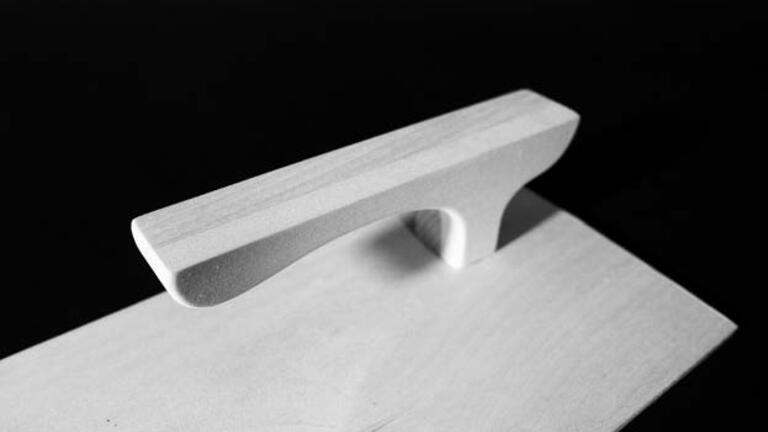Second Year Option Studio: ONE TO ONE
This studio bridges this gap by exploring architecture through direct human experience. The course emphasizes design beyond the visual, focusing on full-scale engagement and meaningful relationships with the people who inhabit our spaces.

Student work by Lillian Giraud and Anisha Kamat.
Options Catalog Course Description
Options Presentation (10/30/2024)
“An architectural work is not experienced as a series of isolated retinal pictures, but in its full and integrated material, embodied and spiritual essence.”
- Juhani Pallasmaa, The Eyes of the Skin
Architecture is experienced in pieces – a continuous string of vignettes woven together by movement, memory and multisensory input. Buildings reveal themselves gradually through touch, sound and scale – the way a hand grasps a handle, a toe meets the ground, or a footstep echoes. While plans, sections and axonometric drawings are useful communication tools within the building industry, they often fail to capture human experience or feel intuitive to the layperson.
This studio bridges this gap by exploring architecture through direct human experience. The course emphasizes design beyond the visual, focusing on full-scale engagement and meaningful relationships with the people who inhabit our spaces.
Questions:
- How do you want to curate the experience of interacting with your building?
- How can we communicate orientation, organization and accessibility while maintaining – even enhancing – function?
- How can we design experiences that accommodate multiple modes of thinking simultaneously?
Prompt:
- Design a home for a person with a unique perspective, using full-scale models, relief drawings and swell ink drawings along with direct personal engagement to explore universally accessible methods of communicating and experiencing space.
Context:
- Oakland Neighborhood, Pittsburgh, PA
Program:
- A living space
Learning outcomes:
- Build skills and confidence using physical model making as a thinking tool
- Build communication skills
- Develop an agile, inventive process for designing with empathy
- Explore design opportunities at the scale of the architectural detail